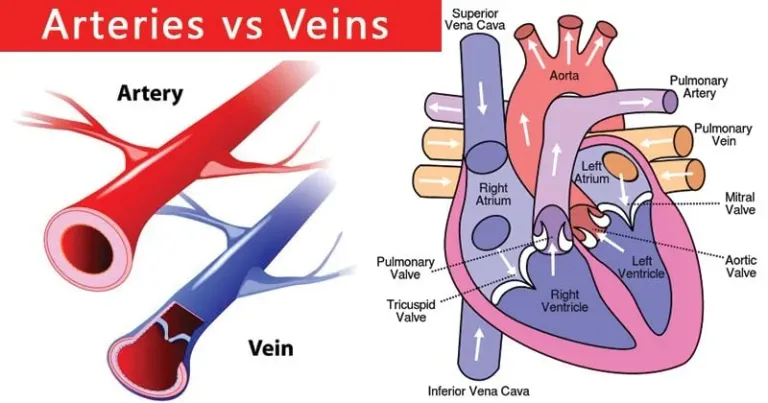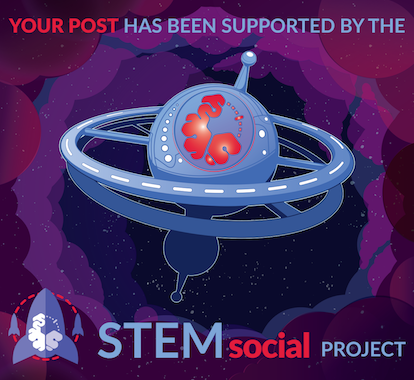
The Distinctions between Arteries & Veins of Human Heart
The disorders associated with the heart
The heart is a crucial organ responsible for pumping blood and oxygen throughout the body. Unfortunately, there are various disorders that can affect the functioning of the heart. Some of the most common disorders include:
Coronary artery disease: This happens when the blood vessels that supply oxygen and nutrients to the heart become narrow or blocked. It can lead to chest pain, heart attack, or even heart failure.
Arrhythmias: These are abnormalities in the heart's rhythm. The heart may beat too fast (tachycardia) or too slow (bradycardia), causing symptoms like palpitations, dizziness, or fainting.
Heart failure: This condition occurs when the heart is unable to pump blood effectively. It can result from various causes such as coronary artery disease, high blood pressure, or valve disorders. Symptoms can include shortness of breath, fatigue, and fluid retention.
Valvular heart disease: This refers to conditions where there are problems with the heart valves that regulate blood flow. Valves may become leaky (regurgitation) or narrowed (stenosis), impairing the heart's ability to function properly.
Congenital heart defects: These are structural abnormalities present at birth, affecting the heart's structure and function. They can range from minor issues that have little impact on health to severe defects requiring surgical intervention.
Cardiomyopathy: This is a group of diseases that affect the heart muscle. It can weaken the heart and make it harder for the heart to pump blood efficiently. Symptoms include fatigue, breathlessness, and swelling.
Myocardial infarction (heart attack): It occurs when the blood flow to a part of the heart is blocked, usually due to a blood clot. This can result in damage to the heart muscle, leading to chest pain, shortness of breath, and other symptoms.
Hypertension (high blood pressure): Although not exclusively a heart disorder, hypertension can significantly increase the risk of heart diseases like coronary artery disease, heart failure, and strokes.
It is important to note that heart disorders can vary in severity and require different treatment approaches. If you have concerns about your heart health, it is essential to consult with a healthcare professional for accurate diagnosis and appropriate management.
